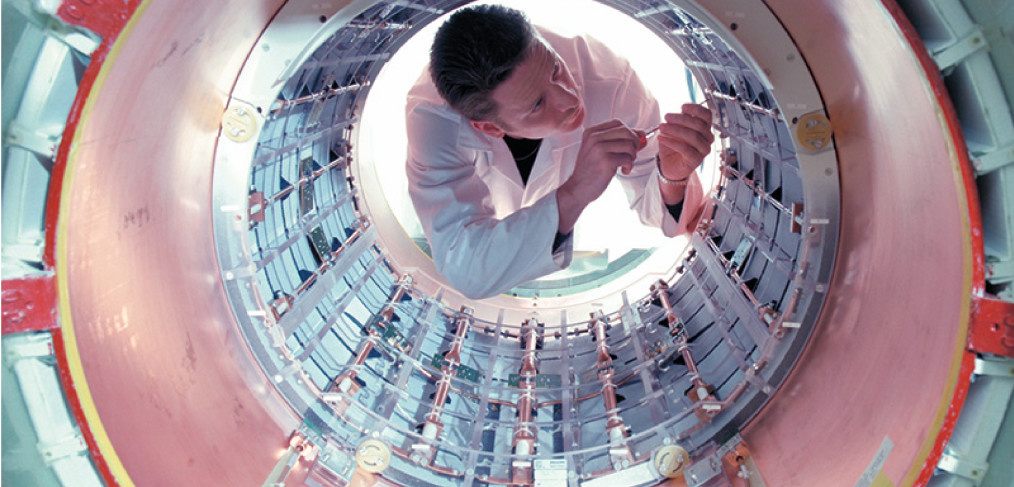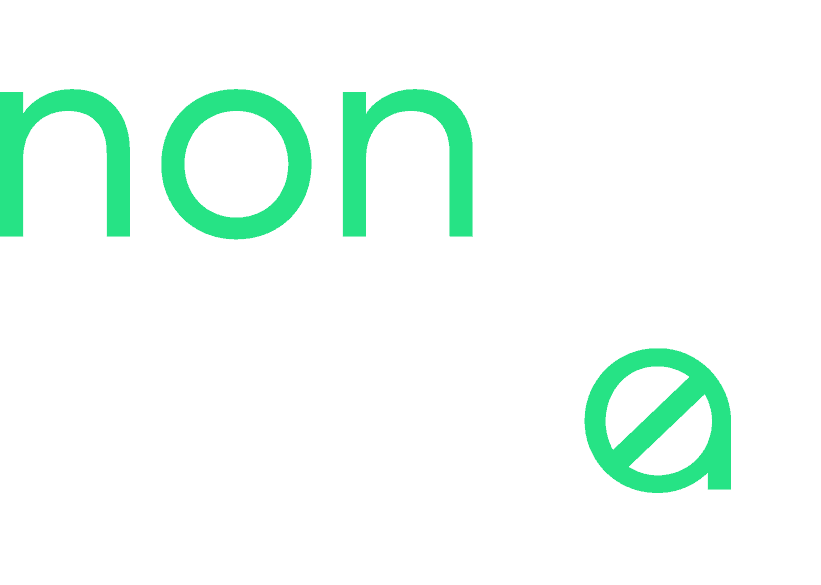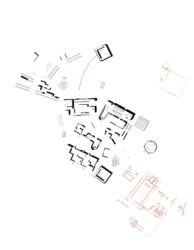
When Healthcare met Design II
Author: Alicia Calderon Gonzalez
Welcome one month more to the 3NTA’s series about design in healthcare! Since last December we have been writing about how the introduction of the discipline of design can help and shape the future of the healthcare industry.
If all this sounds new to you, head to Luca Baldini’s article about design thinking in healthcare or check the first edition of “When Healthcare met Design” here. You are ready now? Okay, let’s jump right in.
The main conclusions from last month’s article were that first, the Healthcare industry has to embrace not just design thinking, but product, experience and interaction design too, and secondly, that more attention to the patient interaction with the system is needed. This last statement is also a good introduction to the following examples of the association of design and healthcare. If all this examples have something in common, is the focus on the patient instead of the professional, what suggests us that this approach will be a reality in a close future. More specifically, the following project focuses in creating a rich and joyful experience for the patient:
“Ingenia” plus “Ambient Experience” by Philips
It can be said that Philips is one of the technology companies leading the shift to healthcare projects, focused in optimizing the experience of patients and its relationship with the health system. In their own words, they are “turning healthcare into human care”. The best example of this is the “Ambient Experience”, commonly shown when talking about the future of healthcare. This last development of the Dutch company is the combination of an efficient MRI machine with a sleek design called “Ingenia”, and the creation of a multi-sensorial environment in the room where the technology would be placed. This environment is what they have baptized as “Ambient Experience”, and aims to create less stressful experiences for patients that go through a medical test. They achieve this by tackling the experience of the medical test as a whole and developing a proposition focused in what have been studied to be the attributes for a good patient experience: comfort, human contact, personalization and efficiency. By addressing this attributes they avoid patient’s anxiety and optimize the work flow for the professional.
More specifically, “Ambient Experience” changes the distribution and external look of the room where the medical test is conducted. It cleans the room from clutter and plays with curved surfaces, dim lighting, color and audio. A ceiling projector shows on the walls an animation to help children, or older patients, be distracted and relaxed while they are being tested. The patient chooses the type of animation and environment that will be displayed, feeling engaged in the process from the beginning and having more control over the procedure. Not bad for one of the best examples of patient-centered design for healthcare.
uBiome
Specially focused in giving control to patients over their health, is uBiome. This startup gives the chance to anybody to send their microbiome to be analyzed and receive information about their health. uBiome makes this possible by sending to their customers a kit that contains everything they need to collect and submit their microbiome is a pretty simple way. Users of uBiome just have to swipe the samples they received with the kit across different parts of the body, like mouth, nose, ears, gut or genitals, and send it back. The data collected by the startup about their users’ samples is shown on their personal web account, where the users can themselves learn more about health of their bacteria and compare it to the data of groups targeted as ‘healthy’, ‘vegans’, ‘overweight’ or ‘heavy drinkers’.
This initiative may not seem related to design in healthcare at first sight, but it does show a pattern of evolution for the role of the patient in healthcare. It puts the user at the center of the system, enabling him to take the lead in monitoring his own health. Not only that, it also adapts the way that data is displayed for him to have a good understanding and gives a basic education to take the most out of this data. This approach has many similarities with the user (or patient)-centered design applied by Philips in “Ambient Experience”.
With these examples we see how the association of advanced technologies and a user-centered design approach opens new opportunities for healthcare and suggests the option of a more sustainable future healthcare, where patients will be empowered and not as dependent from the system as they are right now. I personally see a promising future in these kind of projects. Healthcare systems all over the world could use the relieve of having expert patients. At the same time, patients need right now a change of policies, that takes them out of the dark and allows them to have a pleasant experience and relationship with their caregivers’ institutions.
Products mentioned:
Ingenia by Philips
https://www.90yearsofdesign.philips.com/article/84
Ambient Experience by Philips
http://www.usa.philips.com/healthcare/consulting/experience-solutions/ambient-experience-room-solutions
uBiome
http://ubiome.com







